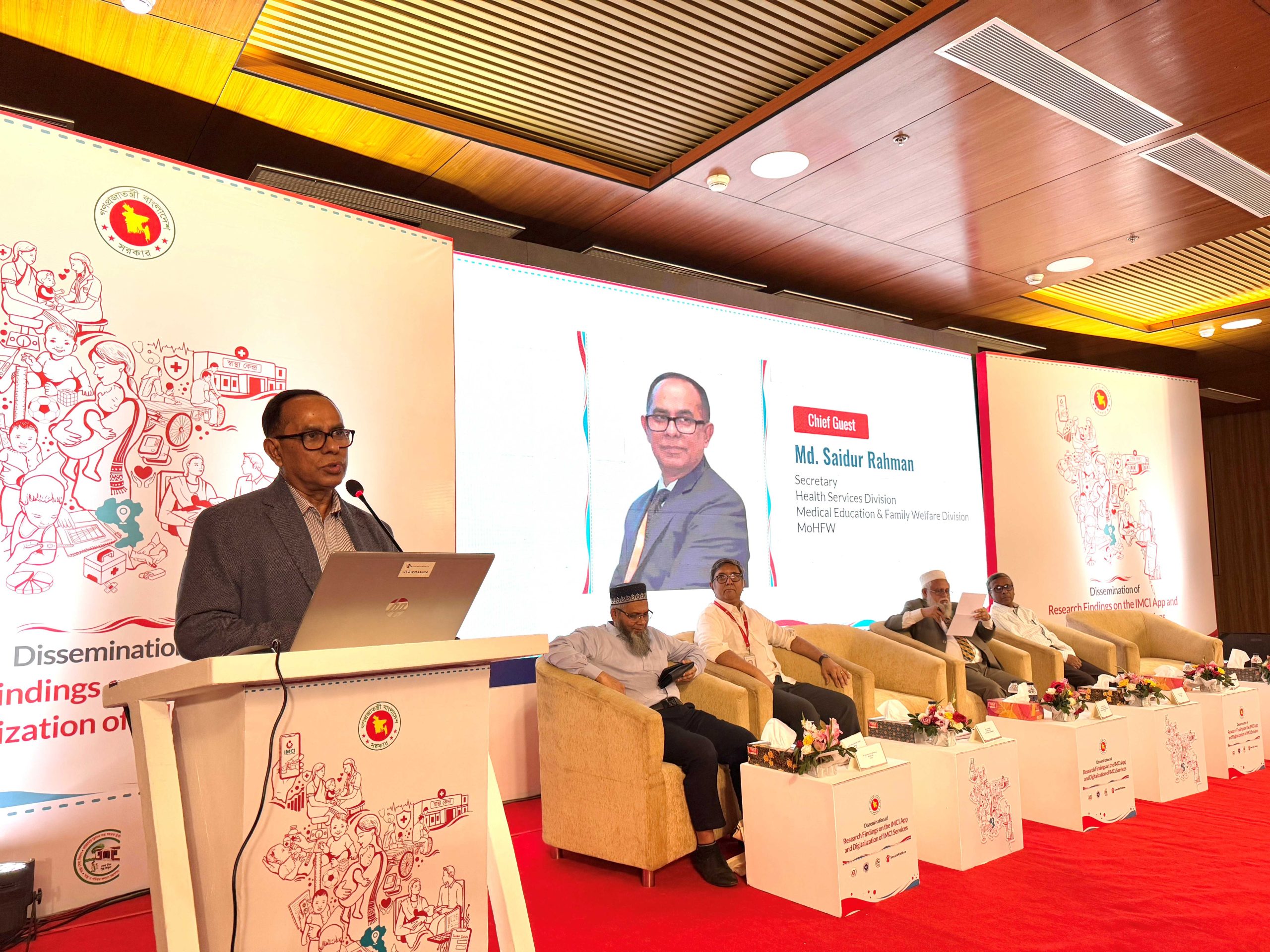By Syed Faiz Ahmed
Once upon a time, the leading carmaker of a developing country exported its first passenger cars to the US. Up until that day, the little company had only made shoddy products – poor copies of quality items made by richer countries. The car was nothing too sophisticated – just a cheap subcompact (one could have called it ‘four wheels and an ashtray’). But it was a big moment for the country, and its exporters felt proud.
Unfortunately, the product failed. Most thought the little car looked lousy, and savvy buyers were reluctant to spend serious money on a family car that came from a place where only inferior products were made. The car had to be withdrawn from the US market. This disaster led to heated debates among the country’s citizens.
Many argued that the company should have stuck to its original business of making simple textile machinery. After all, the country’s biggest export item was silk. If the company could not make good cars after 25 years of trying, there was no future for it. The government had given the car maker every opportunity to succeed. It had ensured high profits for it at home through high tariffs and draconian controls on foreign investment in the automotive industry. Fewer than ten years ago, it even gave public money to save the company from imminent bankruptcy. So, the critics argued, foreign cars should now be let in freely and foreign car makers, who had been kicked out 20 years before, allowed to set up shop again.
Others disagreed. They argued that no country had gotten anywhere without developing ‘serious’ industries like automobile production. They just needed more time to make cars that appealed to everyone.
The year was 1958, and the country was, in fact, Japan. The company was Toyota, and the car was called the Toyopet. Toyota started out as a manufacturer of textile machinery (Toyoda Automatic Loom) and moved into car production in 1933. The Japanese government kicked out General Motors and Ford in 1939 and bailed out Toyota with money from the central bank (Bank of Japan) in 1949.
Today, Japanese cars are considered as ‘natural’ as Scottish salmon or French wine, but fewer than 50 years ago, most people, including many Japanese, thought the Japanese car industry simply should not exist.
Half a century after the Toyopet debacle, Toyota’s luxury brand Lexus has become something of an icon for globalization.
This is the story Cambridge University Professor and Development Economics specialist, Ha-Joon Chang, uses to start the first chapter of his groundbreaking book “Bad Samaritans: The Myth of Free Trade and the Secret History of Capitalism”.
The Korean, who envisaged his country ascend the ladder of development to become one of the richest countries in the world from perpetual poverty in just three months, disclosed some of the double-standards of the developed world. He showed the way those developed countries took for their development and now they are hindering the path of the underdeveloped countries.
In 1841, a German economist, Friedrich List, criticized Britain for preaching free trade to other nations, while having achieved its economic supremacy through high tariffs and extensive subsidies.
He accused the British of ‘kicking away the ladder’ that they had climbed to reach the world’s top economic position. It is a very common phenomenon that whenever someone reaches the summit of greatness, he kicks away the ladder by which he has climbed, to deprive others of the means of climbing after him.
That is the base of the whole book and the expert economist showed innumerable examples of these acts of the developed countries with his eloquent style and also suggested how underdeveloped countries should respond to such deceptive tactics.
The book discusses not only economic history but also some engaging characters like Daniel Defoe and Alexander Hamilton (one can read the Ron Chernow’s best seller, Hamilton, to understand this dramatic character) to give his readers an incredible experience. Even readers with very little knowledge of development economics can easily fathom the book and enjoy its anecdotes.
It shatters our most common perceptions about the things like corruption, state ownership of companies (often beneficial for developing countries) and inflation.
He even dismantles the myth about people of some countries being ‘naturally lazy’ and others being ‘rational and hardworking’ so that any country can develop irrespective of their geography, culture, and history. For any Bangladeshi reader with even the remotest interest in development economics, from laymans to development experts, this book is a must-read.















